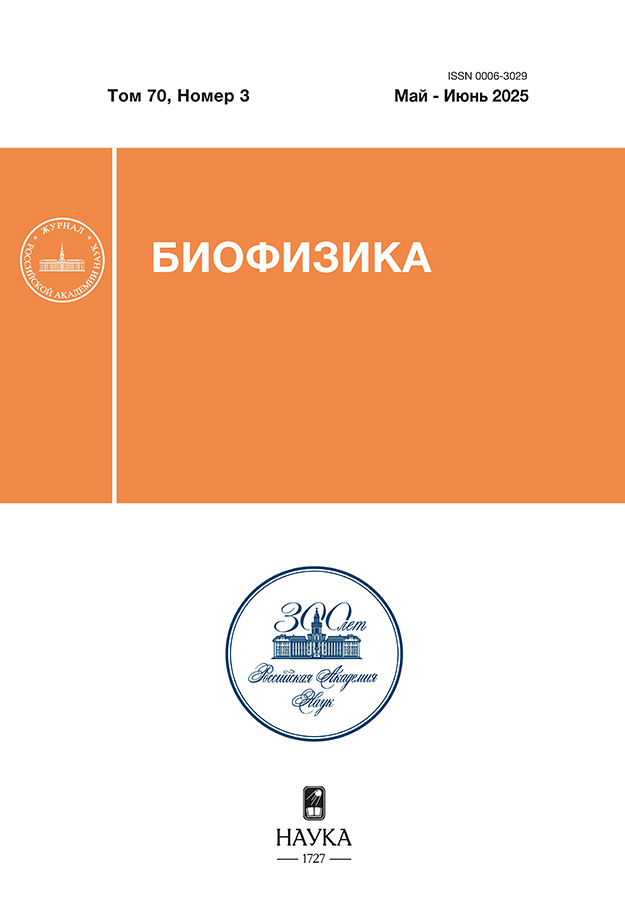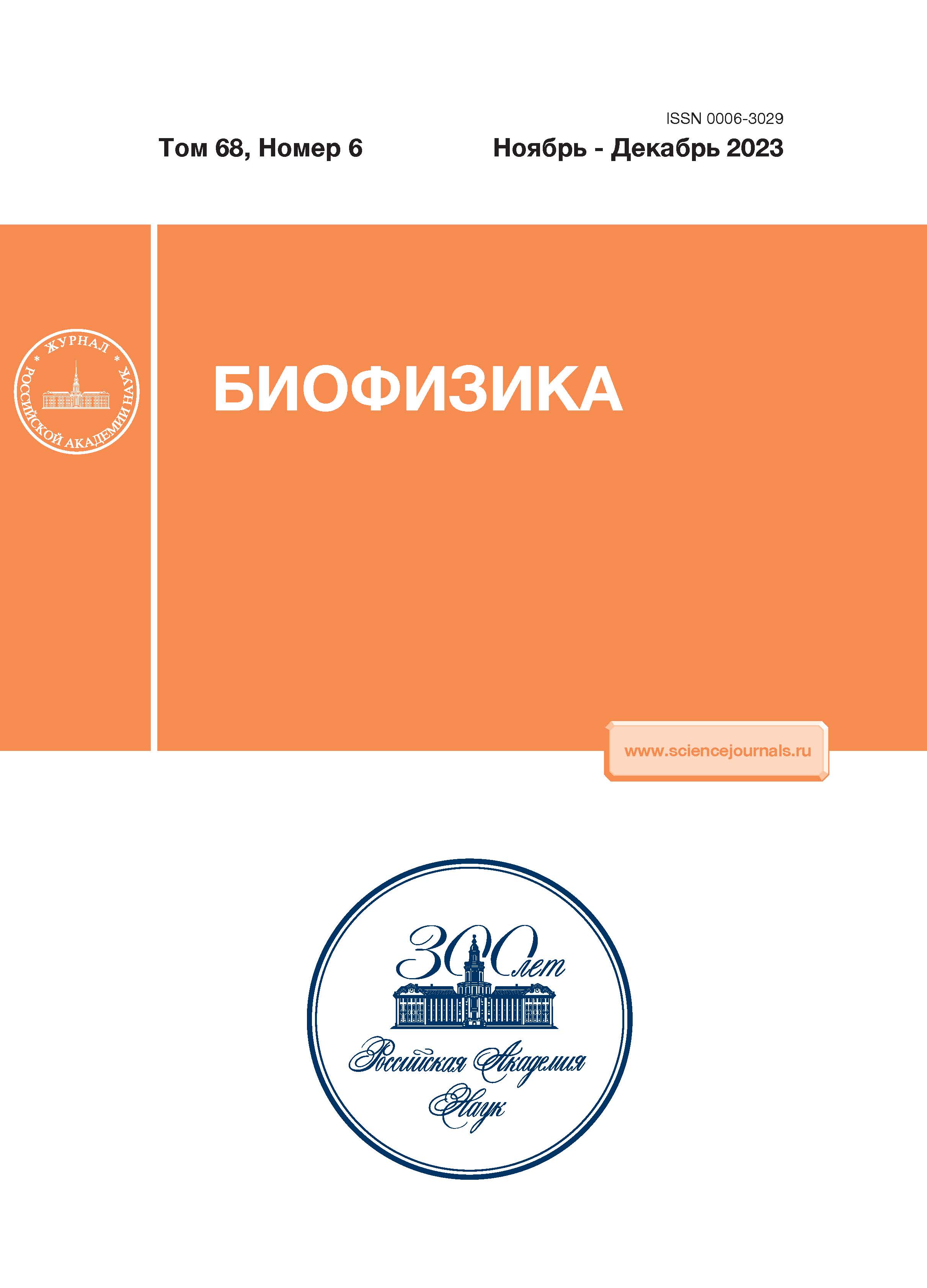Genome-wide association analysis in chickpea landraces and cultivars
- Authors: Duk M.A1,2, Kanapin A.A1, Bankin M.P1, Vishnyakova M.A3, Bulyntsev S.V3, Samsonova M.G1
-
Affiliations:
- Peter the Great St. Petersburg Polytechnic University
- Ioffe Institute
- Federal Research Center N. I. Vavilov All-Russian Institute of Plant Genetic Resources (VIR)
- Issue: Vol 68, No 6 (2023)
- Pages: 1149-1163
- Section: Articles
- URL: https://kld-journal.fedlab.ru/0006-3029/article/view/673234
- DOI: https://doi.org/10.31857/S0006302923060066
- EDN: https://elibrary.ru/RNBACN
- ID: 673234
Cite item
Abstract
Keywords
About the authors
M. A Duk
Peter the Great St. Petersburg Polytechnic University;Ioffe Institute
Email: duk@mail.ioffe.ru
St. Petersburg, Russia
A. A Kanapin
Peter the Great St. Petersburg Polytechnic UniversitySt. Petersburg, Russia
M. P Bankin
Peter the Great St. Petersburg Polytechnic UniversitySt. Petersburg, Russia
M. A Vishnyakova
Federal Research Center N. I. Vavilov All-Russian Institute of Plant Genetic Resources (VIR)St. Petersburg, Russia
S. V Bulyntsev
Federal Research Center N. I. Vavilov All-Russian Institute of Plant Genetic Resources (VIR)St. Petersburg, Russia
M. G Samsonova
Peter the Great St. Petersburg Polytechnic UniversitySt. Petersburg, Russia
References
- R. J. Redden and J. D., Berger, In Chickpea Breeding & Management (CABI: Wallingford, UK, 2007), pp. 113.
- R. K. Varshney, M. Thudi, M. Roorkiwal, et al, Nat. Genet., 51 (5), 857 (2019).
- M. Thudi, et al., Sci. Rep., 6, 38636 (2016).
- J. Kumar and S. Abbo, Adv. Agronomy, 72, 107 (2001).
- V. V. Gursky, K. N. Kozlov, S. V. Nuzhdin, and M. G. Samsonova, Front. Genetics, 9, 547 (2018)
- U. Ch. Jha, P. Ch. Kole, and N. P. Singh, Legume Res., 44 (4), 382 (2019)
- A. Sokolkova, S. V. Bulyntsev, P.L. Chang, et al., Int. J. Mol. Sci., 21, 3952 (2020)
- R. K. Varshney, et al., Nature, 599, 622 (2021)
- P. J. Bradbury, Z. Zhang, D. E. Kroon, et al., Bioinformatics 23, 2633 (2007)
- Sh. Purcell, et al., Am. J. Hum. Genet., 81 (3), 559 (2007)
- X. Zheng, D. Levine, J. Shen, et al., Bioinformatics, 28 (24), 3326 (2012)
- D. H. Alexander, J. Novembre, and K. Lange, Genome Res., 19, 1655 (2009)
- J. Wang and Z. Zhang, Genomics Proteomics Bioinformatics, 19 (4), 629 (2021)
- P. Danecek, A. Auton, G. Abecasis, et al., Bioinformatics, 27 (15), 2156 (2011)
- Ch. Zhang, Sh.-Sh. Dong, J.-Y. Xu, et al., Bioinformatics, 35, 1786 (2019)
Supplementary files











